Many types of flowers will bring butterflies to the garden, but these beautiful insects find some plants more attractive than others. Fill your planters and beds with beautiful, nectar-rich annual flowers that attract butterflies, and enjoy not only stunning blooms but friendly pollinators as well.

1. Tickseed sunflower (Bidens aristosa)
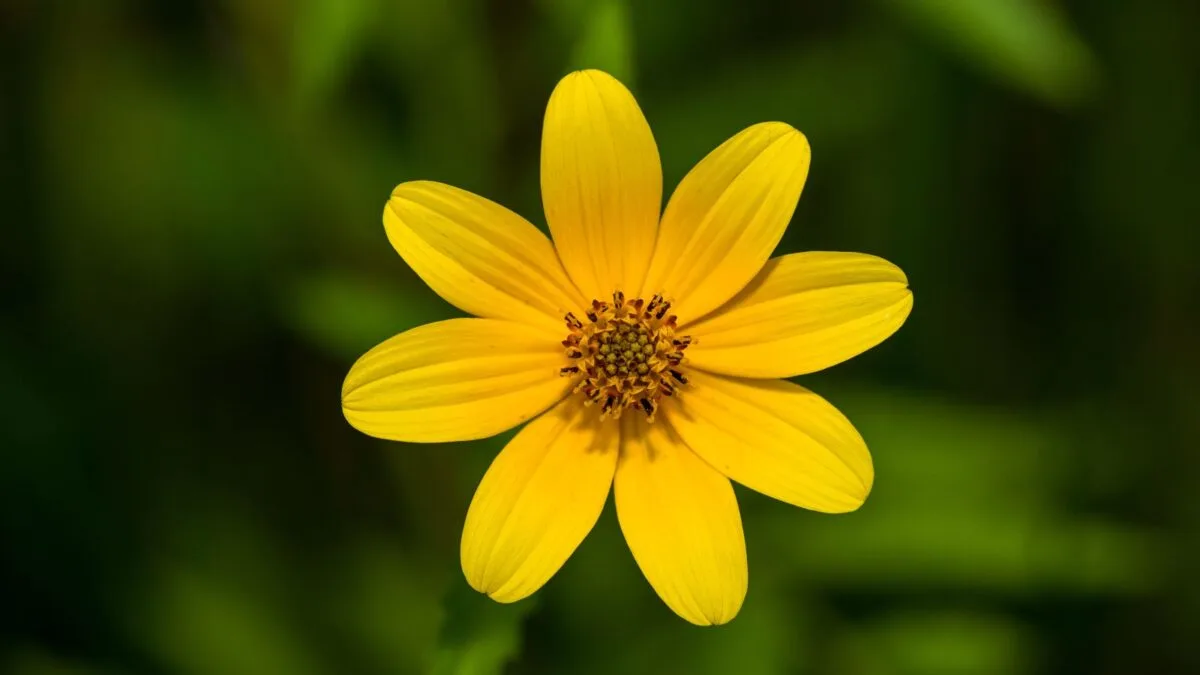
In late summer and into early fall, tickseed sunflower produces numerous sunny yellow flowers held individually on long stems. The plant grows two to four feet tall with attractive pinnately compound leaves with sharply toothed margins.
Native to woodland edges, marshes, and wet meadows in eastern North America, tickseed sunflower prefers full sun to light shade and moist, well-drained soil.
2. Garden coreopsis (Coreopsis tinctoria)
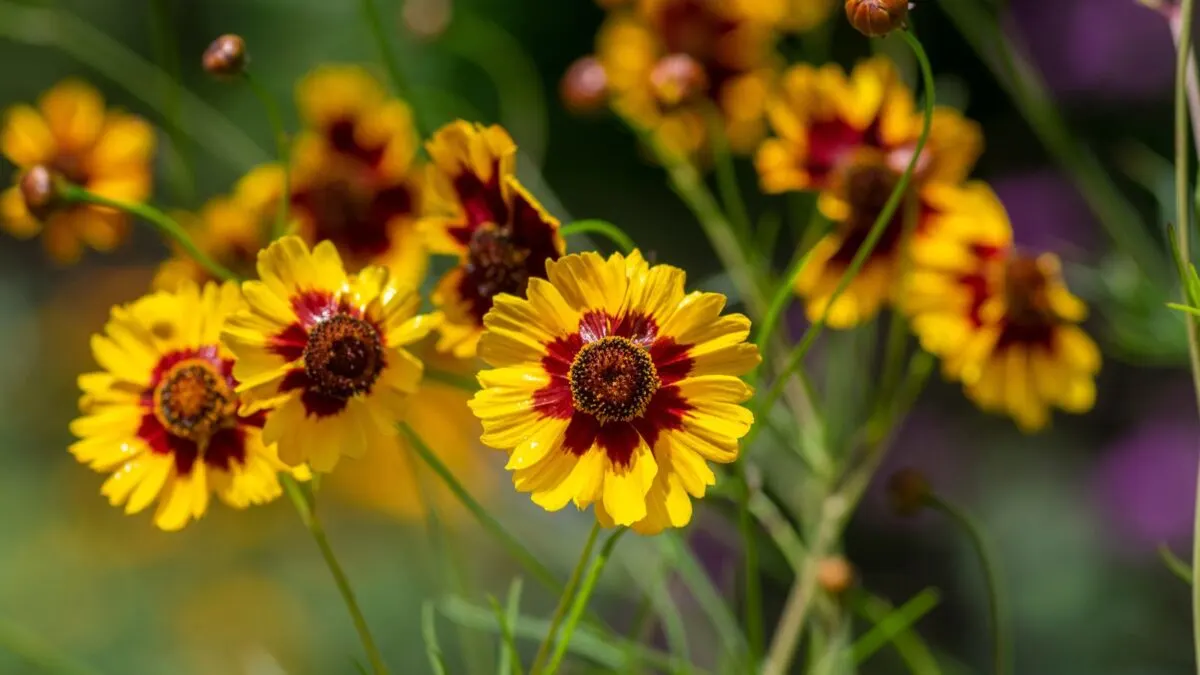
A beautiful bicolor native wildflower, garden coreopsis has flowers with reddish-purple centers that bleed into the base of golden yellow petals. It provides an important source of nectar for native bees as well as butterflies and looks especially stunning in massed plantings.
This drought-tolerant plant requires excellent drainage and full sun. It will happily reseed onto bare ground, though deadheading will prevent this and encourage reblooming.
3. Blanket flower (Gaillardia pulchella)
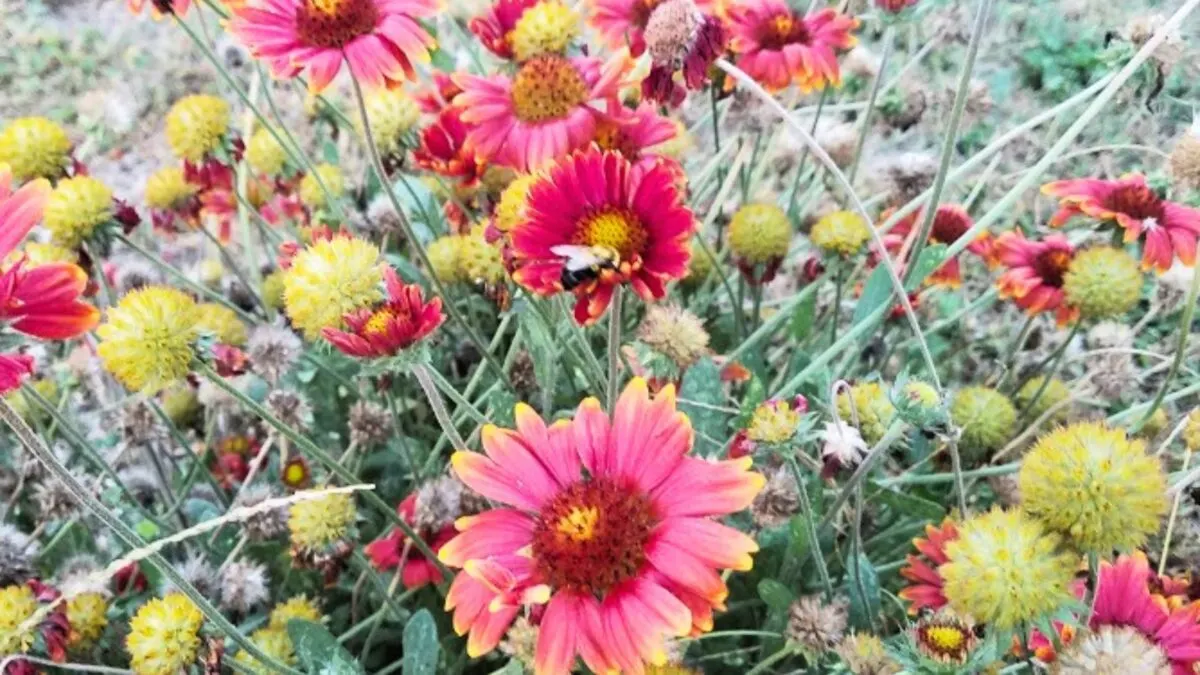
Another striking bicolor wildflower, blanket flower has fiery blooms with red centers and petals that fade from orange-red at the base to bright yellow at the edges. It blooms summer into fall, feeding butterflies with its nectar and then songbirds with its seeds.
Blanket flower thrives in moist, well-drained soil in full sun, though it will tolerate light shade. This hardy plant also tolerates heat, drought, and salt.
4. Firebush (Hamelia patens)

Actually a tropical shrub, firebush is grown as an annual in most of the US. Its showy, tubular, orange to red flowers bloom in terminal clusters in summer, attracting butterflies as well as hummingbirds and sphinx moths.
This heat-loving, drought-tolerant plant thrives in full sun and moist, well-drained soil. It is winter hardy in USDA zones 9 and 10.
5. Sunflower (Helianthus spp.)
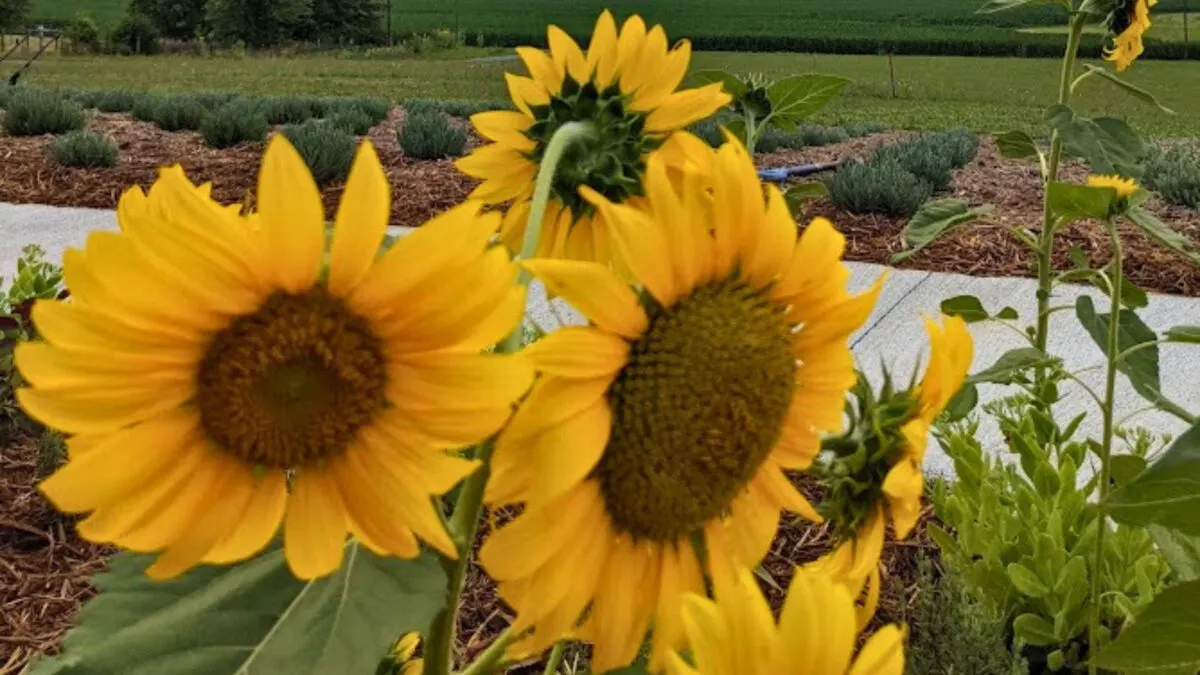
With more than 150 species and numerous cultivars, sunflowers come in a range of heights, flower size, and warm-hued colors. Before the seeds form and feed songbirds and chipmunks, the nectar-filled flowers attract the attention of butterflies and bees.
For the best blooms, plant sunflowers in full sun. They also tend to prefer moist soil with good drainage.
6. Jewelweed (Impatiens capensis)
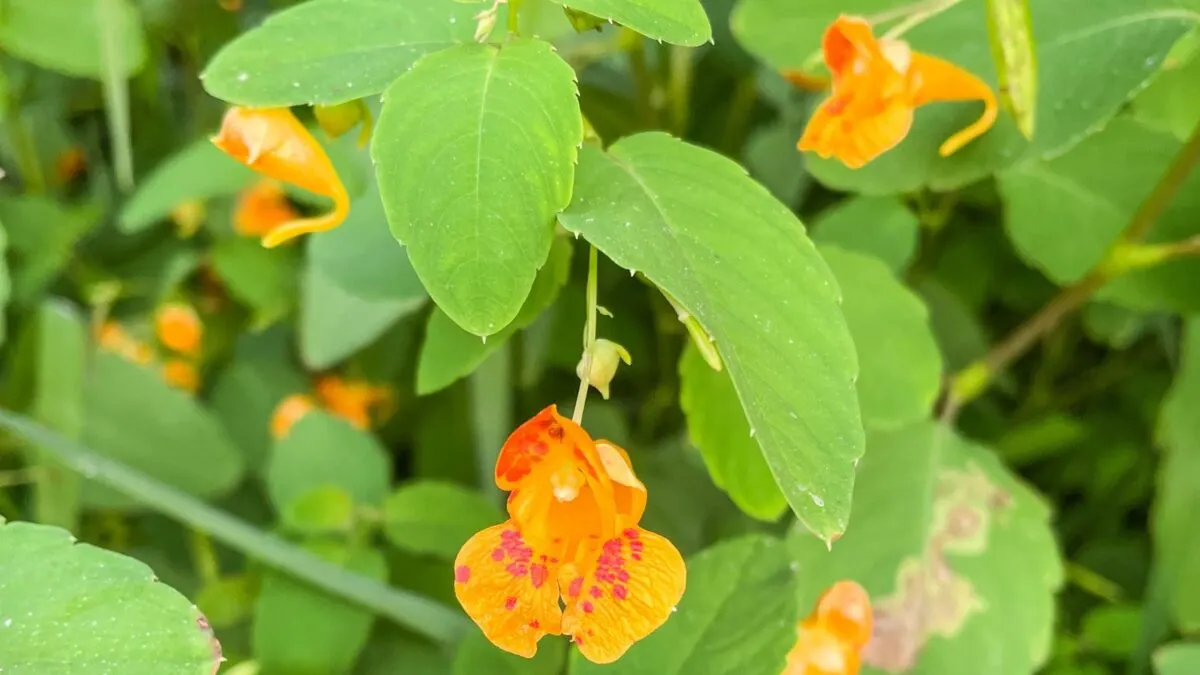
Jewelweed gets its name from the way water beads up and forms sparkling droplets on the leaves. From early summer until frost, it produces yellow to orange, cornucopia-shaped flowers with reddish dots. The seed capsules that follow burst open when touched, giving the plant its other name, touch-me-not.
This native woodland flower appreciates a shady site with rich, moist to wet soil.
7. Annual phlox (Phlox drummondii)
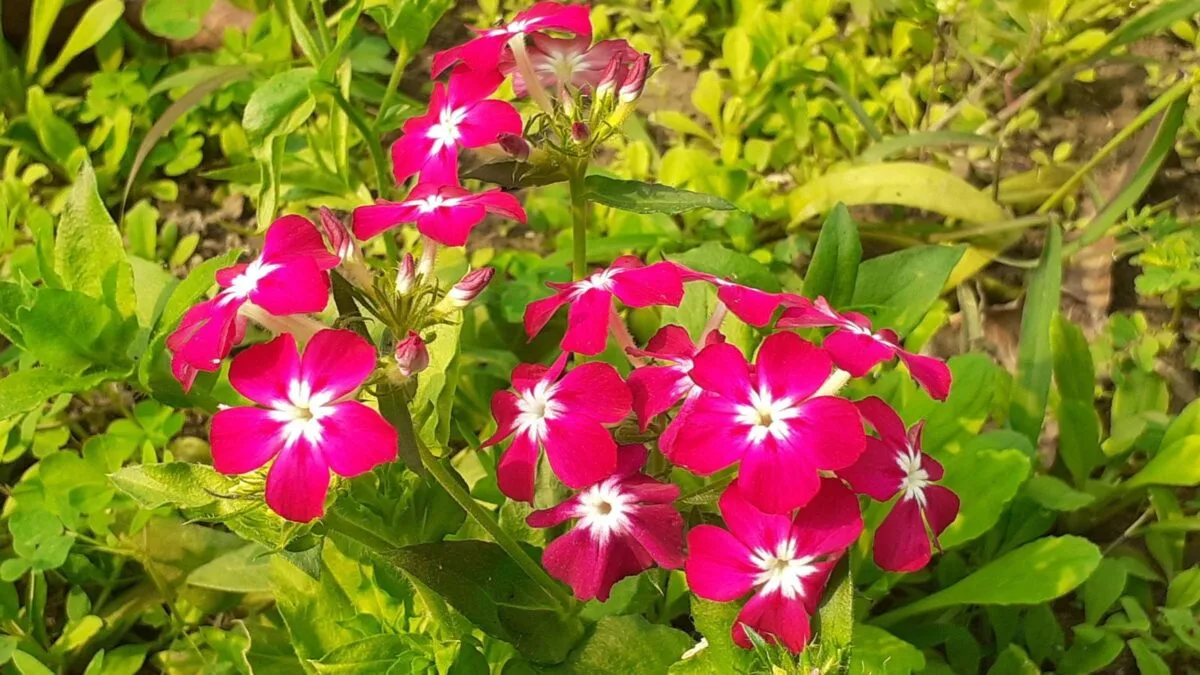
Annual phlox has showy clusters of trumpet-shaped flowers in shades ranging from white to red, with a contrasting center eye. It blooms from spring into early summer and sometimes again in the fall, and it can reseed in ideal conditions.
Native to Texas, annual phlox prefers sandy soil but will tolerate most soils with good drainage. It thrives in full sun and part shade.
8. Scarlet sage (Salvia coccinea)
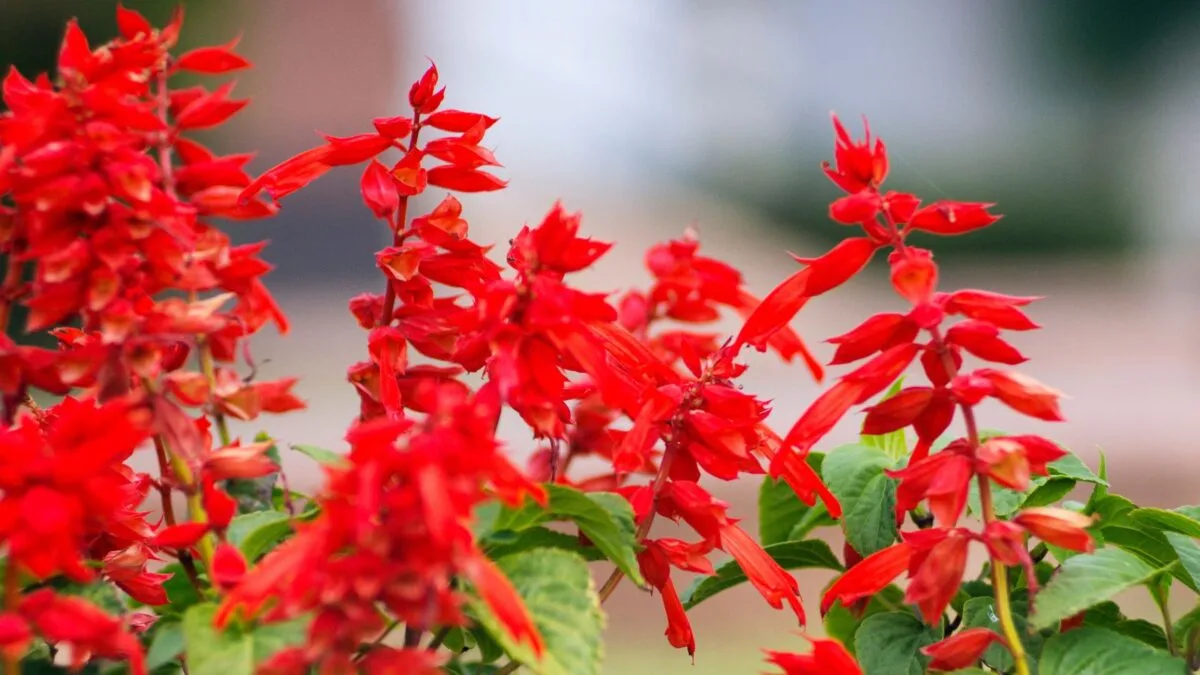
Blooming continuously from early summer until first frost, scarlet sage produces loose spikes of bright red, tubular flowers that both hummingbirds and butterflies find attractive. It grows one to three feet tall and often self-sows.
Scarlet sage grows best in fertile, well-drained soil in full sun to part shade. Native to Mexico and the southern US, it can overwinter in zones 8-10 but is grown as an annual elsewhere.
9. Lemon beebalm (Monarda citriodora)
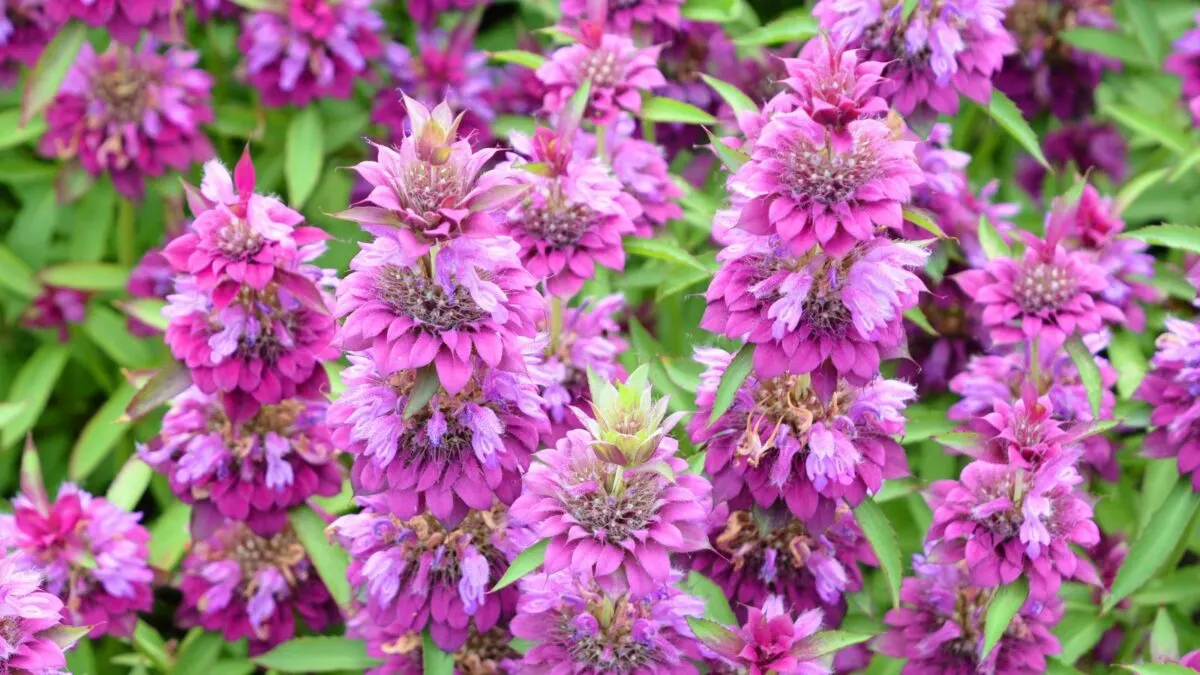
Each flowering stalk of lemon beebalm holds two to six interrupted clusters of lavender to white, tubular flowers, with greenish to purple leafy bracts at the base of each cluster. True to its name, the plant gives off a lemony fragrance.
Another southern wildflower, lemon beebalm prefers full sun and good drainage. It readily reseeds under good conditions.
10. Zinnia (Zinnia spp.)
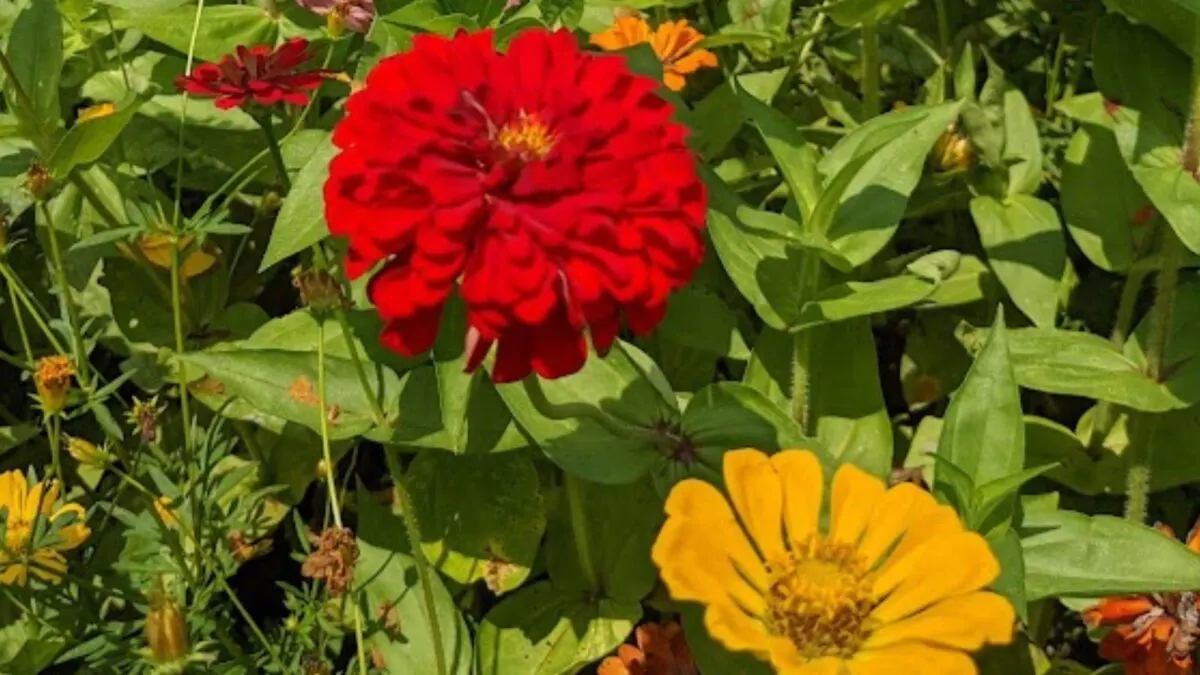
Many vegetable gardeners know that cheerful, bright zinnias attract pollinators. The blooms come in a range of vivid hues, and numerous cultivars mean numerous plant heights and flower shapes. They bloom all season long and make great cut flowers.
Zinnias are easy to grow in just about any location with good drainage and full sun. Check out my tips for gorgeous zinnias.
10 Drought-Tolerant Flowers for a Low-Maintenance Garden
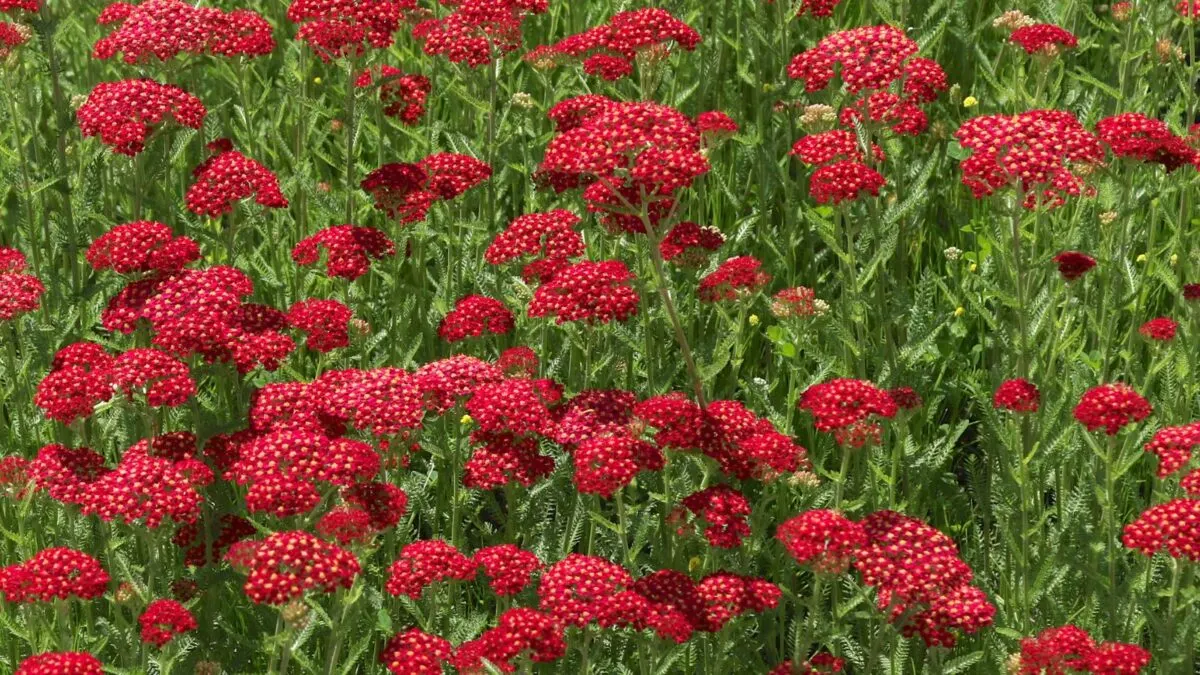
You can have beautiful flowers even in dry conditions: many plants will thrive with little to no supplemental water.
To help you get started, here are 10 beautiful and hardy drought-tolerant flowers.
What Do Butterflies Eat? Plus 11 Gorgeous Flowers To Attract Them
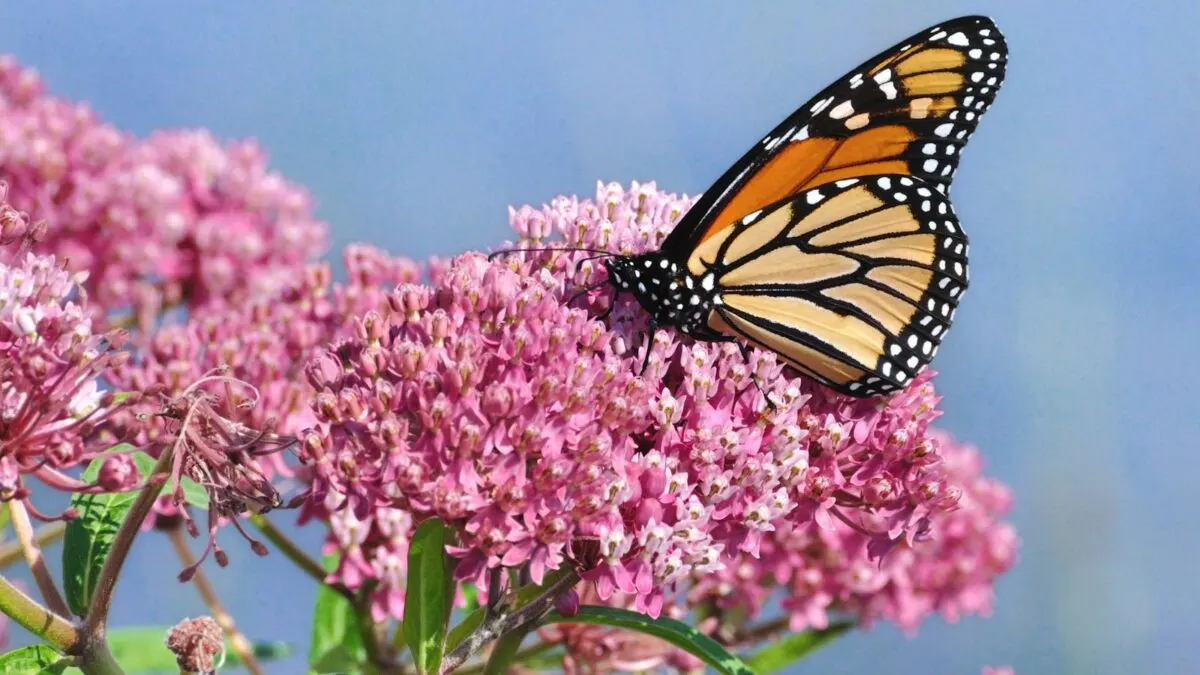
Butterflies flitting around the flower garden are a beautiful scene! You can attract them with their favorite food. Here are 11 flowers that butterflies love!
